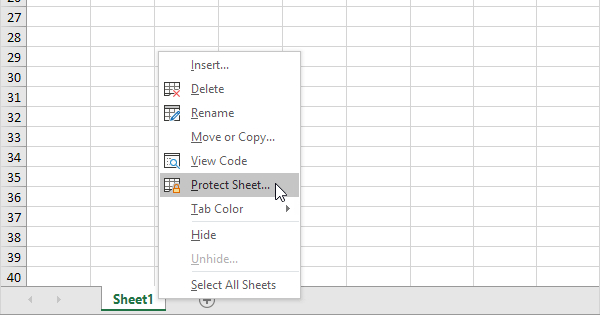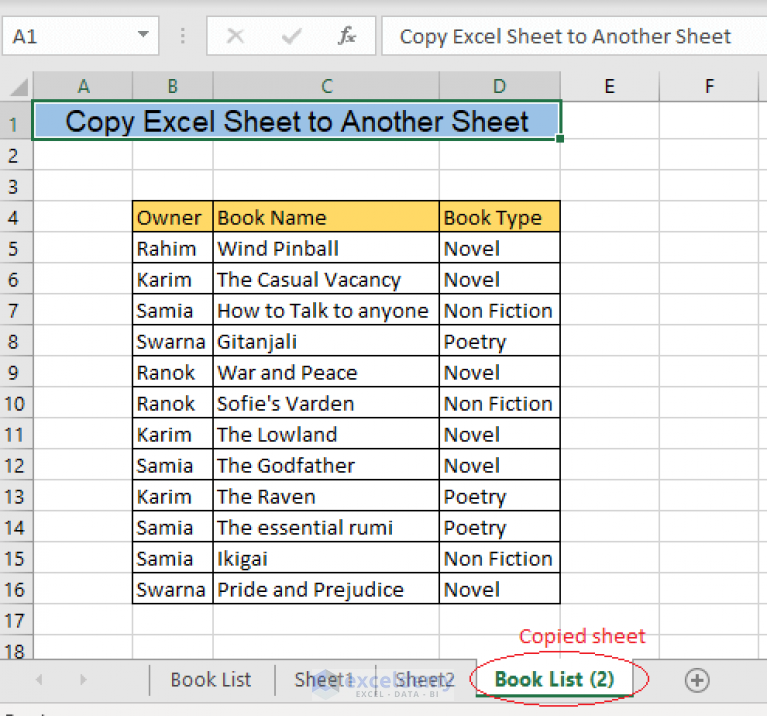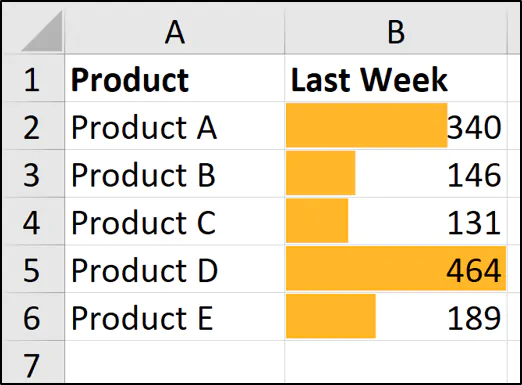Excel Mastery: Easy Steps to Prep Your Sheet

Whether you're a seasoned data analyst or a complete novice just starting out, Microsoft Excel is a tool that offers a wide array of features to streamline data management, analysis, and presentation. Mastering Excel can significantly enhance your productivity and efficiency, helping you make data-driven decisions with ease. This comprehensive guide will walk you through the essential steps to prepare your Excel sheet for effective use, ensuring you're equipped to handle any task from basic data entry to complex analysis.
Getting Started with Excel

Before diving into the intricate details of Excel, it's essential to understand its basic functionalities. Excel sheets work through a grid system where rows are labeled with numbers, and columns with letters. Each intersection of a column and row creates a cell, which is the fundamental unit for data input.
Basic Excel Interface

- Ribbon: The topmost toolbar that provides easy access to features and commands.
- Worksheet: A single page within an Excel workbook where you can enter and manipulate data.
- Formula Bar: Located above the grid, where you can view and edit entered formulas.
- Name Box: Identifies the active cell by its name or allows you to select a range by typing in it.
- Cell: The box where data is entered.

Step-by-Step Guide to Preparing Your Excel Sheet

1. Organize Your Data

The first step in preparing your Excel sheet is organizing your data in a way that makes sense:
- Separate Headers: Use the top row for headers to describe what each column represents.
- Align Columns: Align your data in columns for easy scanning and sorting. For instance, place names in one column, dates in another, etc.
- Use Blank Rows: Insert blank rows between logical data sets to visually separate different categories or time periods.
2. Formatting Your Data

Formatting not only makes your data visually appealing but also functional:
- Apply Cell Styles: Use Excel’s built-in styles or create custom ones to highlight headers, totals, or important data points.
- Number Formatting: Ensure numbers, dates, and times are formatted correctly. For example, dates should be formatted in a way that makes sorting chronological.
- Conditional Formatting: This feature allows you to apply formatting rules to cells based on their values, helping you identify trends or anomalies at a glance.

💡 Note: Conditional formatting can be used to highlight cells with values above or below average, within a specific range, or matching specific criteria.
3. Cleaning Your Data

Clean data is crucial for accurate analysis:
- Remove Duplicates: Use Excel’s ‘Remove Duplicates’ feature to ensure your dataset does not contain redundant entries.
- Fix Errors: Use functions like TRIM to remove extra spaces, or PROPER to capitalize text appropriately.
- Data Validation: Set up rules for what data can be entered into a cell, reducing the likelihood of errors.
4. Making Your Data Dynamic

To make your Excel sheets more interactive and useful:
- Formulas and Functions: Use formulas like SUM, AVERAGE, COUNT, or more complex ones like VLOOKUP, INDEX-MATCH, to perform calculations dynamically.
- Data Analysis Tools: Excel offers tools like PivotTables, which can summarize and analyze large datasets interactively.

5. Advanced Techniques for Efficiency

Here are some advanced features that can transform your Excel experience:
- Tables: Convert your range of data into an Excel Table to manage and analyze related data more efficiently.
- Macros and VBA: Automate repetitive tasks by recording macros or writing VBA code to enhance functionality.
- Data Validation Lists: Create drop-down lists in cells to ensure consistent data entry.
💡 Note: Macros can save hours of manual labor but should be used carefully as they can change your data when executed.
Throughout this journey into Excel's capabilities, you've learned how to organize, format, clean, and enhance your data for better analysis. Remember, Excel is a tool that grows with your skills. The more you practice, the more proficient you'll become, allowing you to tackle increasingly complex data management and analysis tasks. As you continue to work with Excel, always keep in mind:
- Regularly back up your work to prevent data loss.
- Explore Excel's vast library of functions and formulas to find tools that suit your specific needs.
- Continuous learning through Excel's built-in help or external resources will further your expertise.
Mastering Excel is not just about understanding its features but also about knowing how to apply them effectively. Whether for personal projects or professional tasks, Excel can significantly reduce the time spent on data management, allowing you to focus on deriving insights and making decisions that matter.
What are the best practices for data entry in Excel?

+
Best practices include using data validation to control inputs, formatting cells to match data types, and avoiding manual entry errors by using dropdown lists or copy-pasting from validated sources.
How can I protect my data in Excel?

+
Excel offers protection features like worksheet protection, cell locking, and workbook encryption. You can also limit the editing range or set a password for the workbook.
Is there a way to automate repetitive tasks in Excel?

+
Yes, by recording macros or writing VBA scripts, you can automate tasks like formatting, data entry, and even complex calculations or workflows.



